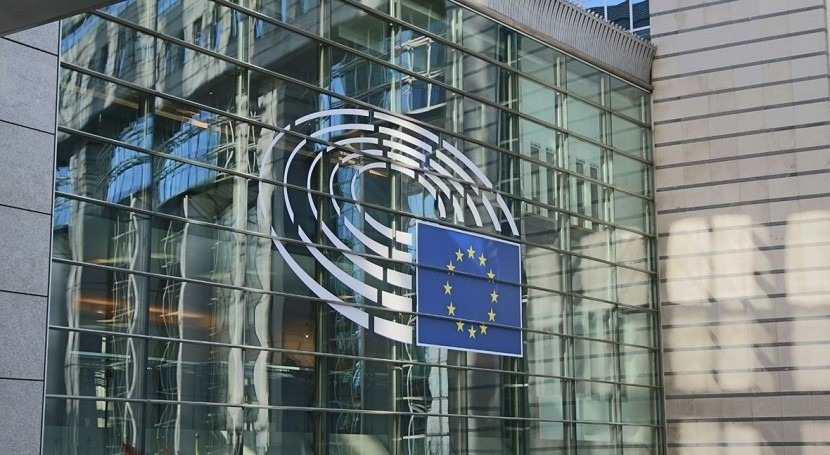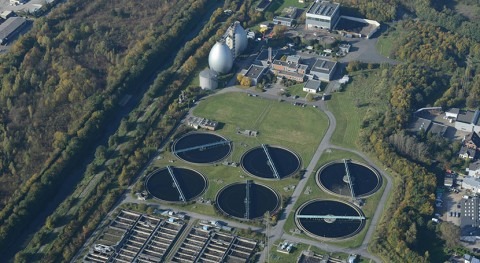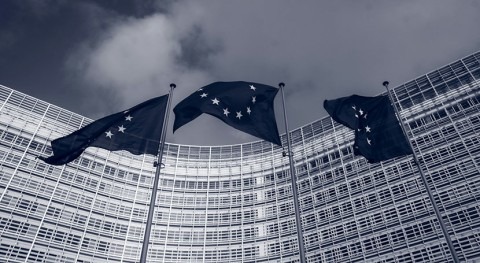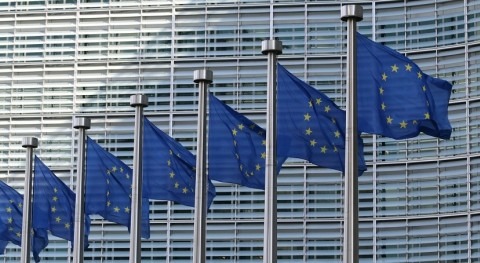The Commission welcomes the political agreement reached between the European Parliament and the Council on the Gigabit Infrastructure Act, proposed by the Commission on 23 February 2023. The agreement comes at the same time of the adoption of the Recommendation on the regulatory promotion of gigabit connectivity (Gigabit Recommendation).
Gigabit Infrastructure Act
The Gigabit Infrastructure Act (GIA) introduces a set of actions to simplify and speed up the deployment of very high-capacity networks, such as fibre and 5G, by reducing the administrative burden and the costs of deployment. The full availability of gigabit networks and the rollout of 5G performant networks in all populated areas are key elements to support the digital transition of the European economy and society, as set out in the EU's digital transition targets for 2030, the Digital Decade policy programme.
In particular, the GIA simplifies and streamlines permit granting procedures, which are a precondition for network deployment, ensuring public administrations' compliance with the deadlines for granting permits. It also introduces measures to digitalise information on existing physical infrastructures, planned civic works, and permit granting procedures, allowing operators to access online all information necessary for planning network deployment.
The GIA also includes actions to facilitate the coordination of physical infrastructure deployment, such as ducts, towers, or masts, with works on other public infrastructure, such as water or electricity distribution networks. These measures make it easier for operators to re-use public infrastructure and spaces, such as rooftops, to install digital network elements, ultimately reducing the costs of deployment.
Furthermore, the new rules aim to fuel innovation, encouraging new and majorly renovated buildings to be pre-equipped with fibre and fibre-ready infrastructure. This will ensure a swift deployment of very high-capacity networks, ultimately allowing more citizens to enjoy fast connectivity services.
The new Regulation also seeks to reduce the environmental footprint of electronic communications networks by promoting the deployment of more environmentally efficient technologies, such as fibre and 5G. The re-use of existing physical infrastructure and the greater coordination of civil works will also contribute to reducing the overall environmental impact of deploying networks, through a more efficient use of resources.
Furthermore, an agreement was found on the rules on intra-EU communications (calls and SMS placed from the home Member State to another Member State), ensuring continued protection of vulnerable consumers from the risk of potentially excessive prices for such services until 2032 and a market driven mechanism to eliminate unjustified price differential.
Gigabit Recommendation
The Gigabit Recommendation adopted today by the Commission provides to National Regulation Authorities guidelines on how to design access remedy obligations for operators with significant market power, to guarantee fair competition and at the same time to foster the rollout of gigabit networks by ensuring that all operators can have access to existing network infrastructures. In particular, the Gigabit Recommendation provides guidance on situations where access to civil-engineering infrastructure is likely to be the only access remedy to address the competition problems identified. It also indicates how National Regulation Authorities can smoothly conduct the migration from copper to fibre.



















